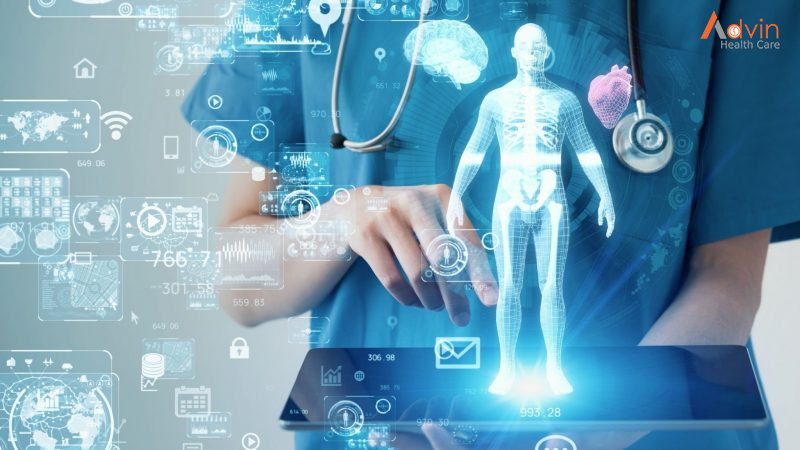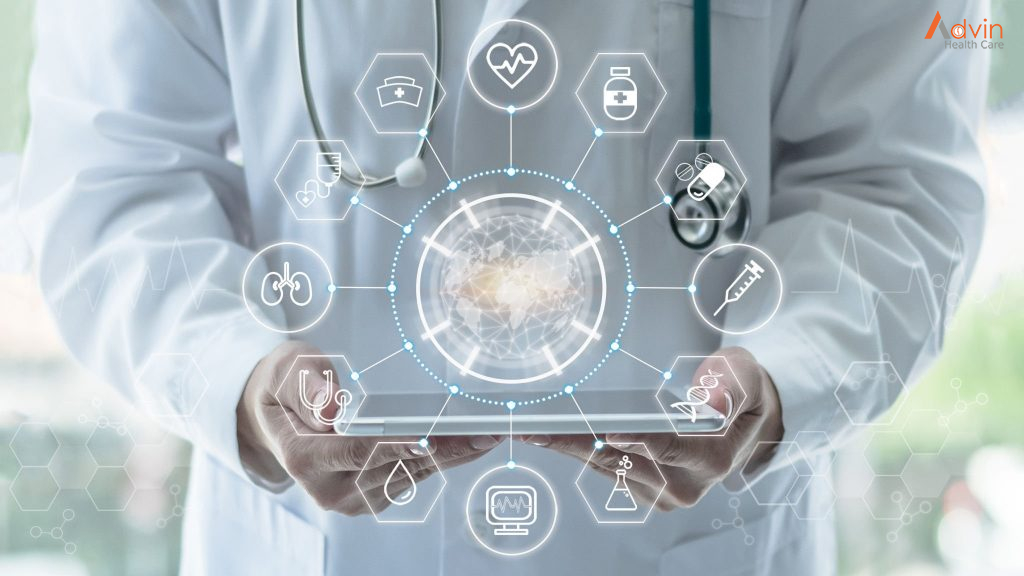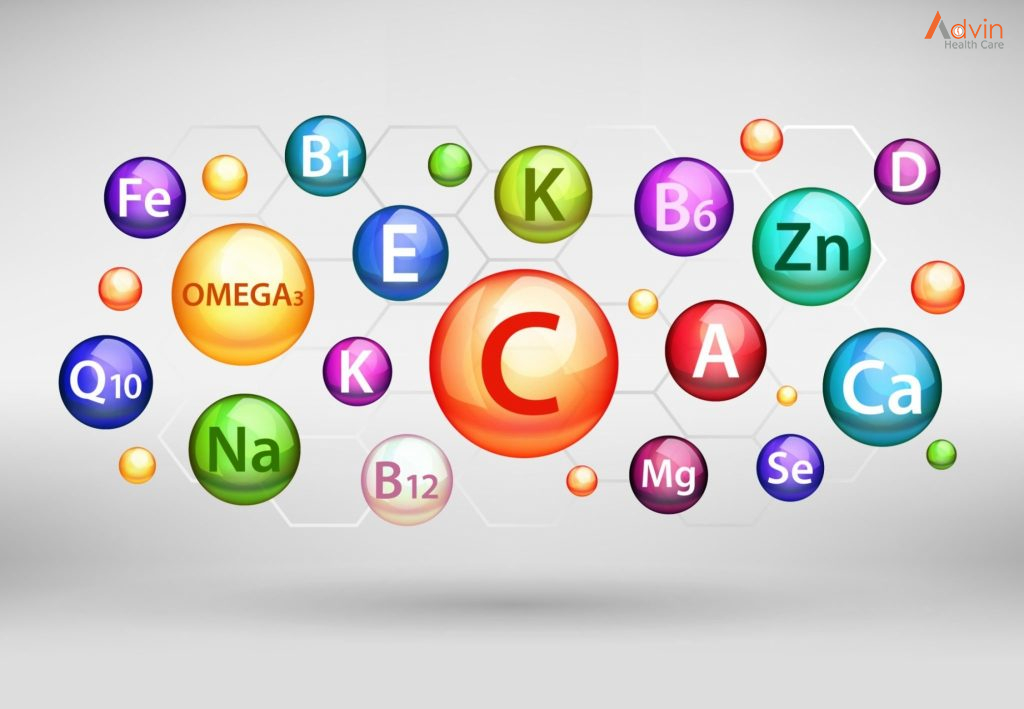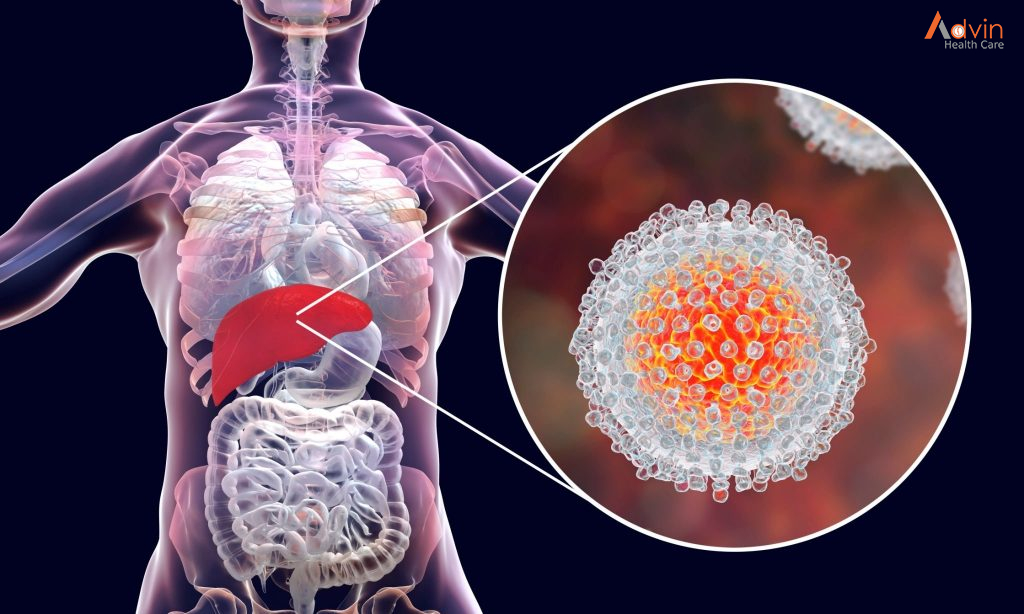What is the Internet of Things (IoT)?
The internet of things (IoT) is a catch-all term for the growing number of electronics that aren’t traditional computing devices, but are connected to the internet to send data, receive instructions or both.
There’s an incredibly broad range of ‘things’ that fall under the IoT umbrella: Internet-connected ‘smart’ versions of traditional appliances such as refrigerators and light bulbs; gadgets that could only exist in an internet-enabled world such as Alexa-style digital assistants; and internet-enabled sensors that are transforming factories, healthcare, transportation, distribution centers and farms.
The term IoT, or Internet of Things, refers to the collective network of connected devices and the technology that facilitates communication between devices and the cloud, as well as between the devices themselves. Thanks to the advent of inexpensive computer chips and high bandwidth telecommunication, we now have billions of devices connected to the internet. This means everyday devices like toothbrushes, vacuums, cars, and machines can use sensors to collect data and respond intelligently to users.
The Internet of Things integrates everyday “things” with the internet. Computer Engineers have been adding sensors and processors to everyday objects since the 90s. However, progress was initially slow because the chips were big and bulky. Low power computer chips called RFID tags were first used to track expensive equipment. As computing devices shrank in size, these chips also became smaller, faster, and smarter over time.
How does the IoT work?
The first element of an IoT system is the device that gathers data. Broadly speaking, these are internet-connected devices, so they each have an IP address. They range in complexity from autonomous mobile robots and forklifts that move products around factory floors and warehouses, to simple sensors that monitor the temperature or scan for gas leaks in buildings.
They also include personal devices such as fitness trackers that monitor the number of steps individuals take each day.
In the next step in the IoT process, collected data is transmitted from the devices to a gathering point. Moving the data can be done wirelessly using a range of technologies or over wired networks. Data can be sent over the internet to a data center or the cloud. Or the transfer can be performed in phases, with intermediary devices aggregating the data, formatting it, filtering it, discarding irrelevant or duplicative data, then sending the important data along for further analysis.
The final step, data processing and analytics, can take place in data centres or the cloud, but sometimes that’s not an option. In the case of critical devices such as shutoffs in industrial settings, the delay of sending data from the device to a remote data centre is too great. The round-trip time for sending data, processing it, analysing it and returning instructions (close that valve before the pipes burst) can take too long.
In such cases edge computing can come into play, where a smart edge device can aggregate data, analyse it and fashion responses, if necessary, all within relatively close physical distance, thereby reducing delay. Edge devices also have upstream connectivity for sending data to be further processed and stored.
A growing number of edge computing use cases, such as autonomous vehicles that need to make split-second decisions, is accelerating the development of edge technologies that can process and analyse data immediately without going to the cloud.
Why Healthcare Needs IoT?

To Enhance Patient Satisfaction & Engagement: IoT can increase patient satisfaction by optimizing surgical workflow. E.g., informing about patient’s discharge from surgery to their families. It can increase patient engagement by allowing patients to spend more time interacting with their physicians as it reduces the need for direct patient-physician interaction as devices connected to the internet are delivering valuable data.
To Advance Population Health Management: IoT enables providers to integrate devices to observe the growth of wearables as data captured by the device will fill in the data that is otherwise missed out in EHR. Care teams can receive insight driven prioritization and use IoT for home monitoring of chronic diseases. This is another way that caregivers can make their presence felt in daily lives of the patients.
To Promote Preventive Care: Prevention has become a primary area of focus as health care expenses are projected to grow unmanageable in the future. The widespread access to real-time, high fidelity data on each individual’s health will reform health care by helping people live healthier lives and prevent disease.
To Advance Care Management: It can enable care teams to collect and connect millions of data points on personal fitness from wearables like heart-rate, sleep, perspiration, temperature, and activity. Consequently, sensor-fed information can send out alerts to patients and caregivers in real-time so they get event-triggered messaging like alerts and triggers for elevated heart-rate etc. This will not just massively improve workflow optimization but also, ensure that all care is managed from the comfort of home.
To Improve Patient Health: What if the wearable device connected to a patient tells you when his heart-rate is going haywire or if he has lagged behind in taking good care of himself and shared that information on other devices that you used while working? By updating personal health data of patients on the cloud and eliminating the need to feed it into the EMRs, IoT ensures that every tiny detail is taken into consideration to make the most advantageous decisions for patients. Moreover, it can be used as a medical adherence and home monitoring tool.
To Turn Data Into Actions: Quantified health is going to be future of healthcare because health that is measurable can be better improved. Therefore, it is wise to take advantage of quantified health technology. We also know that data affects performance so, an object measurement and tracking of health for better outcomes is why we need IoT.
IoT for Hospitals
Apart from monitoring patients’ health, there are many other areas where IoT devices are very useful in hospitals. IoT devices tagged with sensors are used for tracking real time location of medical equipment like wheelchairs, defibrillators, nebulizers, oxygen pumps and other monitoring equipment. Deployment of medical staff at different locations can also be analyzed real time.
The spread of infections is a major concern for patients in hospitals. IoT-enabled hygiene monitoring devices help in preventing patients from getting infected. IoT devices also help in asset management like pharmacy inventory control, and environmental monitoring, for instance, checking refrigerator temperature, and humidity and temperature control.
IoT for Health Insurance Companies
There are numerous opportunities for health insurers with IoT-connected intelligent devices. Insurance companies can leverage data captured through health monitoring devices for their underwriting and claims operations. This data will enable them to detect fraud claims and identify prospects for underwriting. IoT devices bring transparency between insurers and customers in the underwriting, pricing, claims handling, and risk assessment processes. In the light of IoT-captured data-driven decisions in all operation processes, customers will have adequate visibility into underlying thought behind every decision made and process outcomes.
Insurers may offer incentives to their customers for using and sharing health data generated by IoT devices. They can reward customers for using IoT devices to keep track of their routine activities and adherence to treatment plans and precautionary health measures. This will help insurers to reduce claims significantly. IoT devices can also enable insurance companies to validate claims through the data captured by these devices.
Benefits in health care

Simultaneous reporting and monitoring
Remote health monitoring monitoring via connected devices can save lives in event of a medical emergency like heart failure, diabetes, asthma attacks, etc.
With real-time monitoring of the health condition in place by means of a smart medical device connected to a smartphone app, connected medical devices can collect medical and other required health data and use the data connection of the smartphone to transfer collected information to a physician or to a cloud platform.
Center of Connected Health Policy conducted a study that indicates that there was a 50% reduction in 30-day readmission rate because of remote patient monitoring on heart failure patients.
The IoT device collects and transfers health data: blood pressure, oxygen and blood sugar levels, weight, and ECGs.
These data are stored in the cloud and can be shared with an authorized person, who could be a physician, your insurance company, a participating health firm or an external consultant, to allow them to look at the collected data regardless of their place, time, or device.
End-to-end connectivity and affordability
IoT can automate patient care workflow with the help healthcare mobility solution and other new IoT technologies, and next-gen healthcare facilities.
IoT in healthcare enables interoperability, artificial intelligence machine-to-machine communication, information exchange, and data movement that makes healthcare service delivery effective.
Connectivity protocols: Bluetooth LE, Wi-Fi, Z-wave, ZigBee, and other modern protocols, healthcare personnel can change the way they spot illness and ailments in patients and can also innovate revolutionary ways of treating across different healthcare fields.
Consequently, technology-driven setup brings down the healthcare cost, by cutting down unnecessary visits, utilizing better quality resources, and improving the allocation and planning.
Data assortment and analysis
Vast amount of data that a healthcare device sends in a very short time owing to their real-time application is hard to store and manage if the access to cloud is unavailable.
Even for healthcare professionals to acquire data originating from multiple devices and sources and analyze it manually is a tough bet.
IoT devices can collect, report and analyses the real time information and cut the need to store the raw data.
This all can happen overcloud with the providers only getting access to final reports with graphs.
Moreover, healthcare operations allow organizations to get vital healthcare analytics and data-driven insights which speed up decision-making and is less prone to errors.
Tracking and alerts
On-time alert is critical in chronic condition. Medical IoT devices gather vital signs of any disease and transfer that data to doctors for real-time tracking, while dropping notifications to people about critical parts via mobile apps and smart sensors.
Reports and alerts give a firm opinion about a patient’s condition, irrespective of place and time.
It also helps healthcare providers to make well-versed decisions and provide on-time treatment.
Thus, IoT enables real-time alerting, tracking, and monitoring, which permits hands-on treatments, better accuracy, apt intervention by doctors and improve complete patient care delivery results.
Remote medical assistance
In event of an emergency, patients can contact a doctor who is many kilometers away with a smart mobile apps.
With mobility solutions in healthcare, the medics can instantly check the patients and identify the ailments on-the-go.
Also, numerous IoT-based healthcare delivery chains that are forecasting to build machines that can distribute drugs on the basis of patient’s prescription and ailment-related data available via linked devices.
IoT will Improve the patient’s care In hospital. This in turn, will cut on people’s expense on healthcare








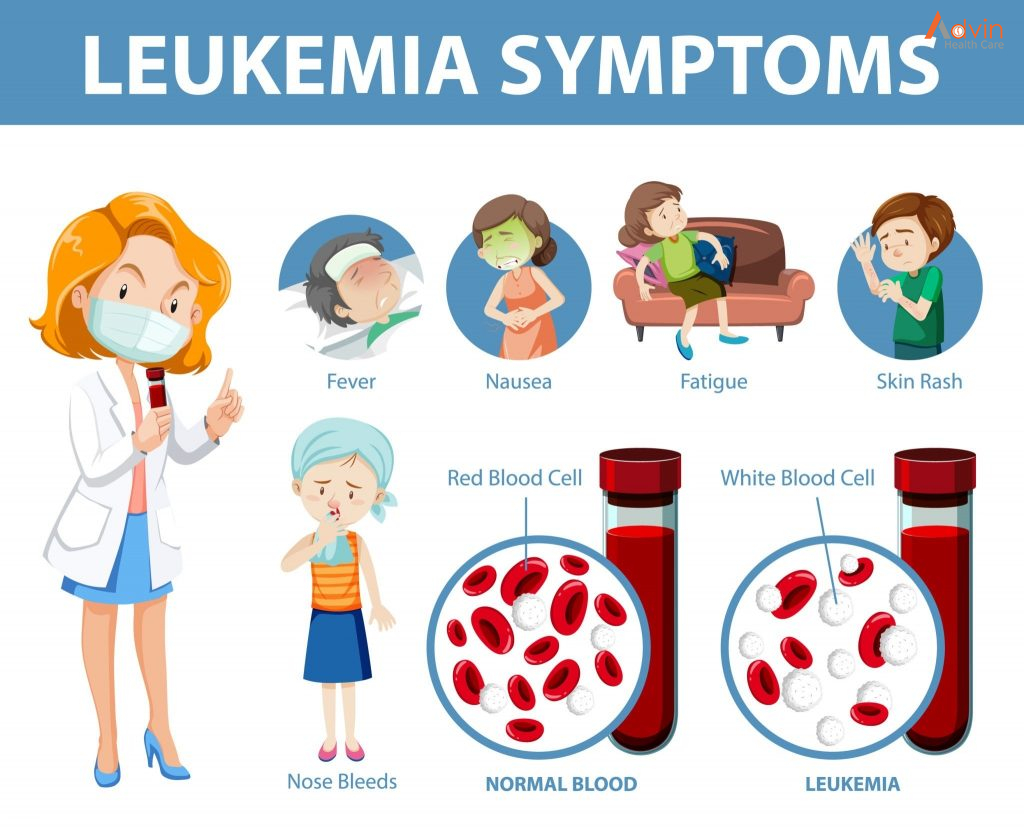
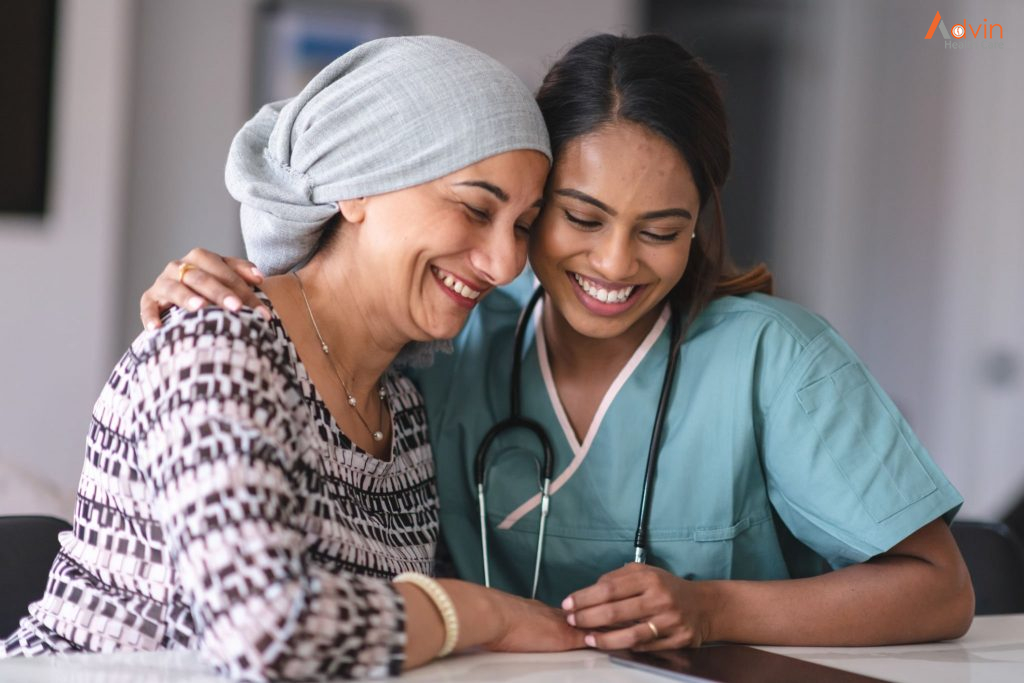


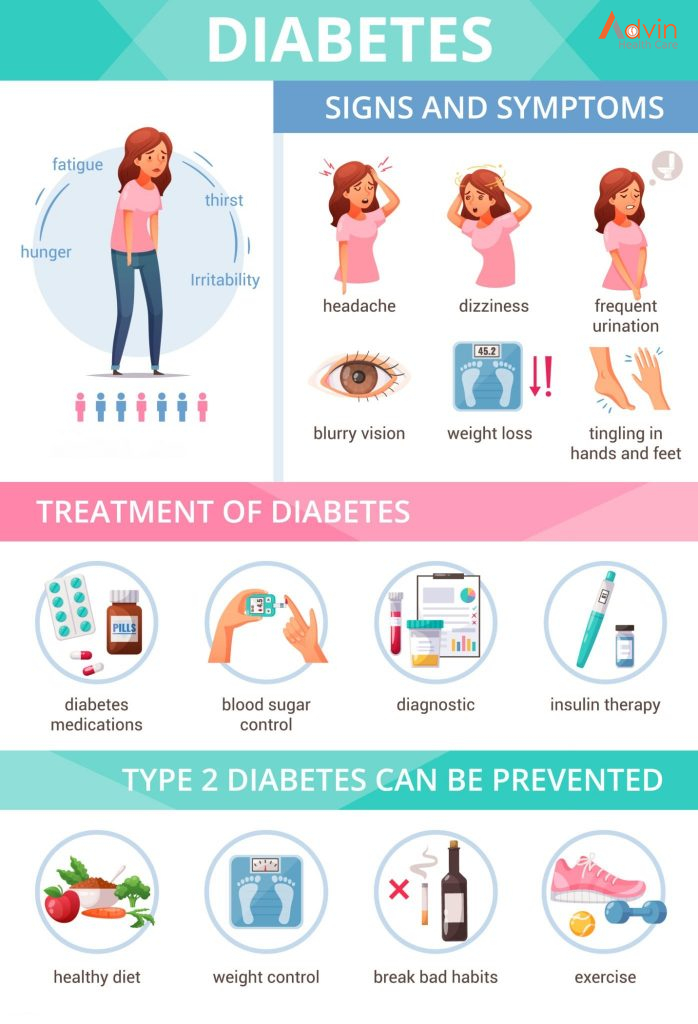




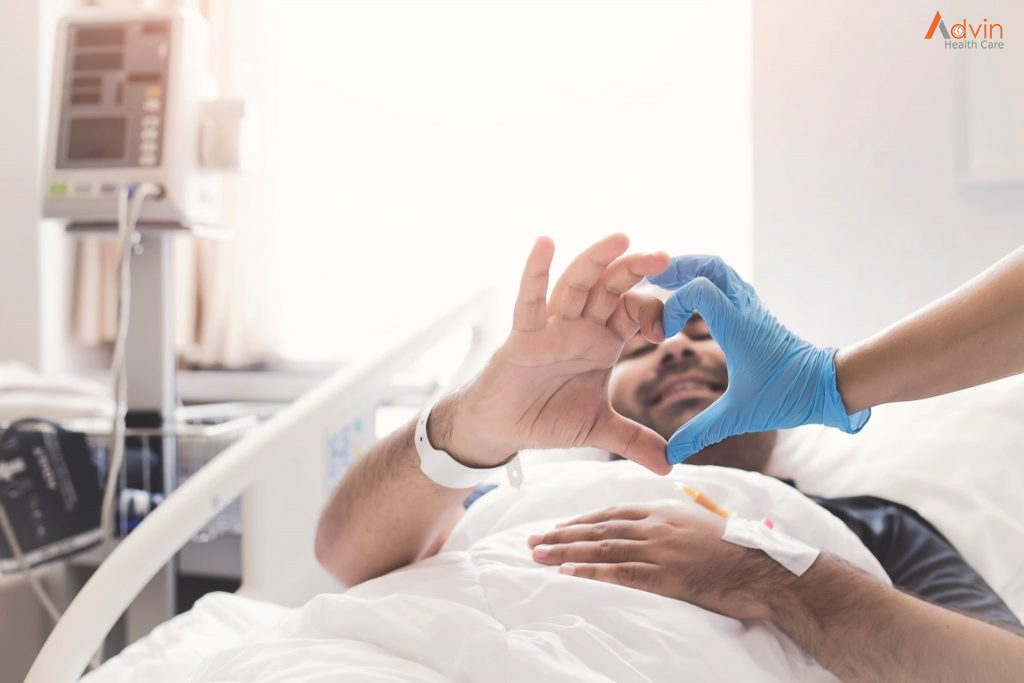
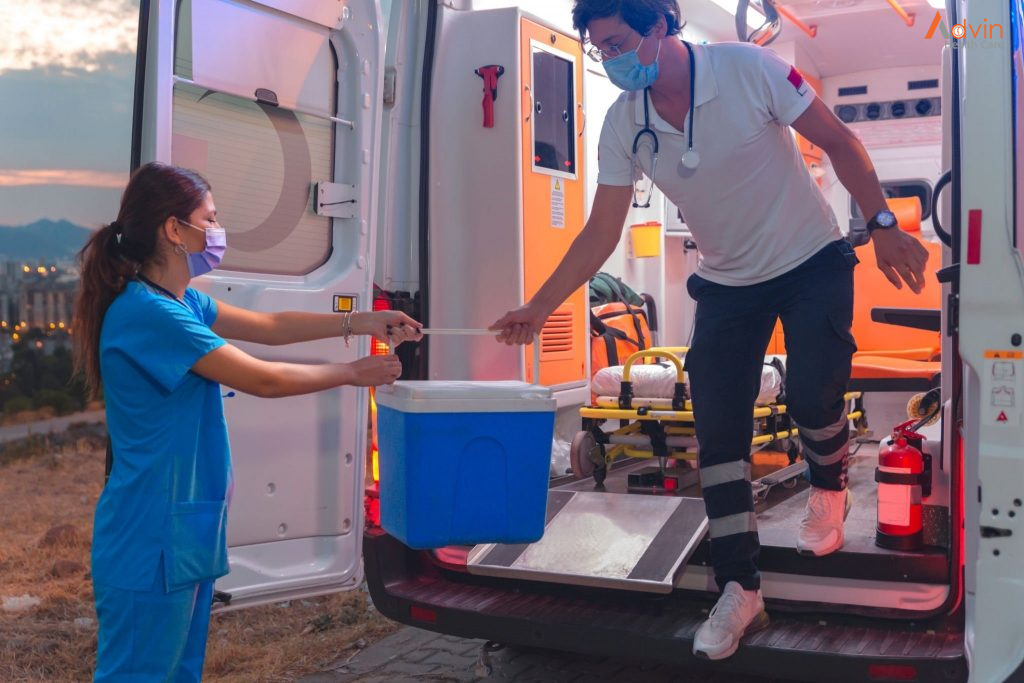

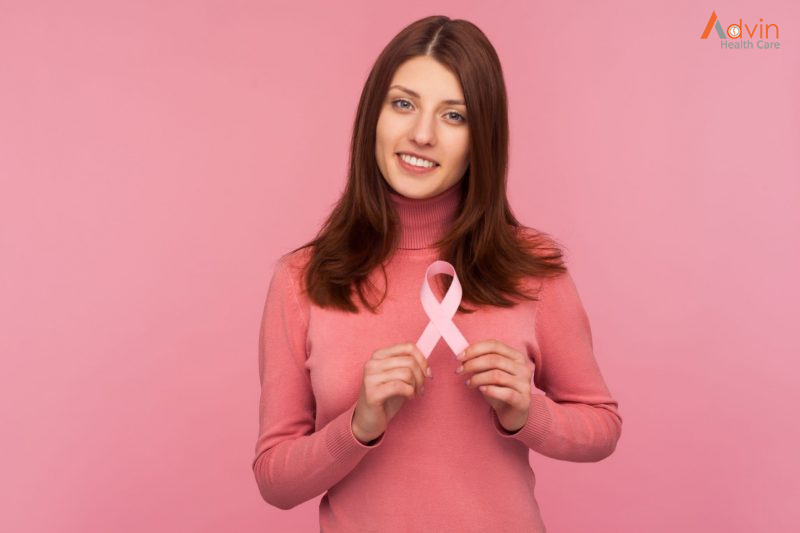
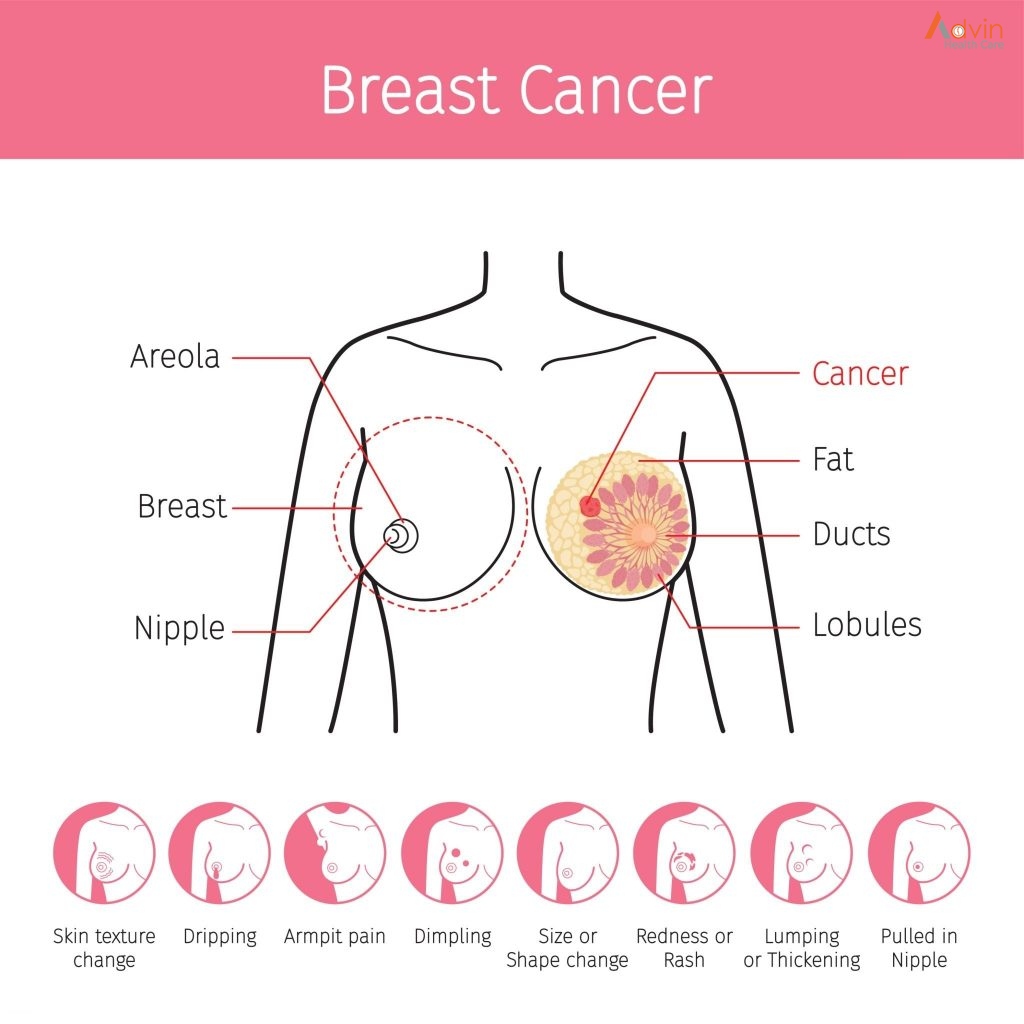 Breast cancers can start from different parts of the breast. The breast is an organ that sits on top of the upper ribs and chest muscles. There is a left and right breast and each one has mainly glands, ducts, and fatty tissue. In women, the breast makes and delivers milk to feed newborns and infants. The amount of fatty tissue in the breast determines the size of each breast.
Breast cancers can start from different parts of the breast. The breast is an organ that sits on top of the upper ribs and chest muscles. There is a left and right breast and each one has mainly glands, ducts, and fatty tissue. In women, the breast makes and delivers milk to feed newborns and infants. The amount of fatty tissue in the breast determines the size of each breast.

